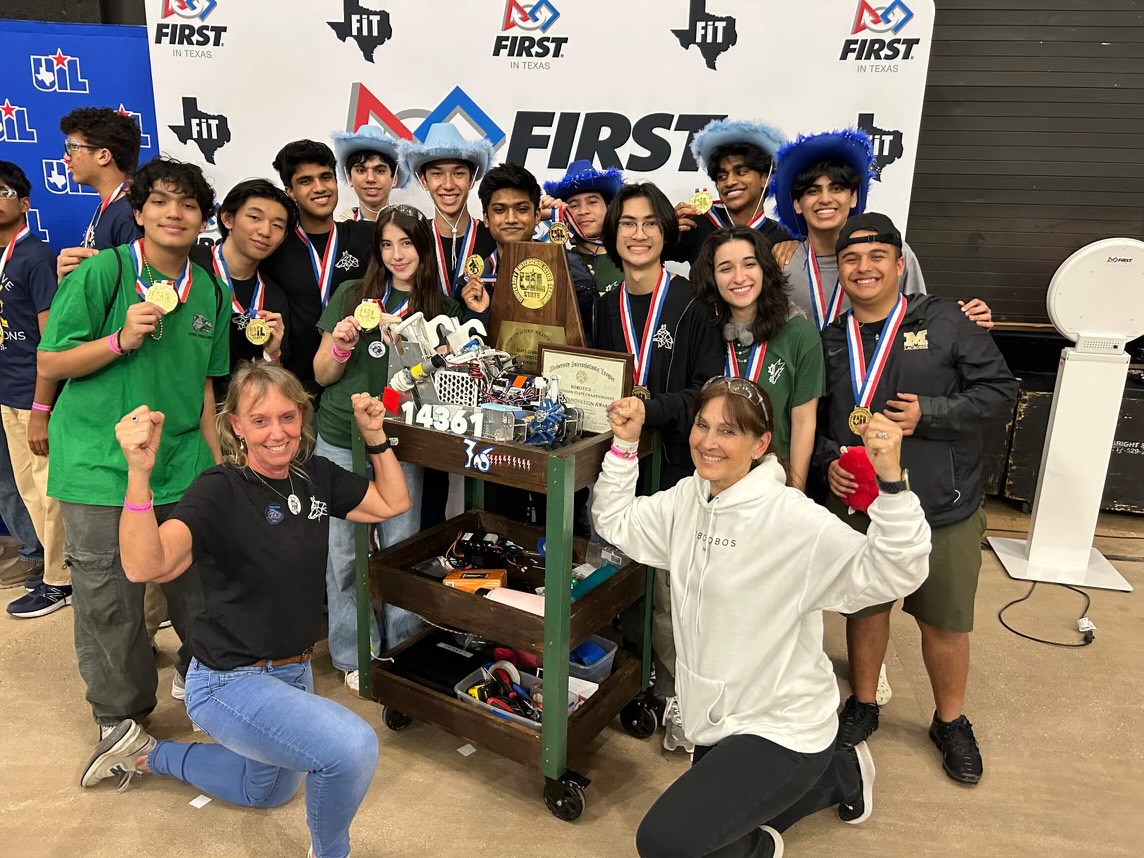Anticipation fills the room in Belton as they patiently wait for the scores to be revealed on March 21. Robotics team 14361 bursts out into screams and hugs as the realization hit that they had just won the 5A State UIL FTC Competition after months and months of dedication and hard work. The entirety of the team was in shock and couldn’t believe it.
“It felt amazing since we finally saw all of our hard work pay off,” junior hardware member Luyang Chen said. “Every single person on the team was overjoyed. For many, it was probably one of the best moments of the season.”
The competition this year consisted of three main tasks: placing hexagon-shaped pixels on a backboard, hanging the robot in the air and shooting a paper airplane. After six qualification matches, the team made it to state and averaged at a score of approximately 200, which was the high score for 5A UIL.
“This year was even more competitive than usual and the teams that we collaborated with were extremely motivated to be successful,” junior software member Gulin Gurbuz said. “Having to join up with other teams was worrisome at first, but since we did really well in our qualification matches, a lot of other schools wanted to be on our team.”
The team almost qualified for Worlds, which is a competition with the best robotics team from around the globe. They finished as division finalists as the 18th team out of 72. Only the top 12 teams in Texas proceed to Worlds, so while the team is ecstatic about winning 5A UIL State, it was disappointing to not qualify for the next level.
“We were pretty close to qualifying for worlds,” Gurbuz said. “We were in the finals, so if we had won those we would have gone to worlds. I think we were all upset when we realized that we didn’t qualify, but we understand that Texas is one of the hardest states to qualify in, so we will just come back bigger and better next year.”
According to junior business member Adhit Eswaramoorthi, the team has been practicing every day after school for at least three hours for the past three months. After receiving information regarding details on the competition goals, the team has been locked in and focused on making their robot the best possible.
“Honestly, I’ve put in so many hours [that] I’ve lost count,” Gurbuz said. “Over spring break I think I was spending around eight or more hours every day. If I were to estimate, [I have] probably [put in] about 200 hours. We meet every single day, [so] the amount of time that we have dedicated solely to robotics is too much to count.”
Many challenges arose considering this year’s required tasks were more technical than years past. The tight-knit team overcame these hardships by communicating effectively and working together to make necessary changes in a short amount of time. According to Eswaramoorthi, the team had a fast turnover rate that helped their robot adapt to new situations and predicaments.
“The biggest challenge we faced was making our robot more simple,” Gurbuz said. “Our robot was super complicated at first and we weren’t able to implement some parts correctly. We were able to overcome it by simplifying our robot design through pitching new ideas.”
While most of the other robots in the competition were on par with team 14361’s technically, the adaptability that the team’s robot had made all the difference at the state competition.
“If one design didn’t work we didn’t stay stuck on that,” Eswaramoorthi said. “We instantly started brainstorming new ideas we could implement into the next iteration of our robot and so I think our fast design process and commitment to making the robot the best we could really set us apart from the competition.”
Eswaramoorthi said that robotics has taught many members valuable lessons that will stick with them throughout their lives. Projects such as starting up a coding camp in Nigeria, features on local news channels, ice cream socials to promote new members, communicating with other robotics teams all over the world, and assisting a non-profit organization in South America have permanently changed the lives of all the current and future robotics members.
“The outreach that we do with our community really changed me as a person and helped me understand the impact that technology can have on our community,” Eswaramoorthi said. “It’s just like the real world, talking to other people and making those connections is really important. Those connections you make will really pay off in the end.”
According to Gurbuz, almost all of the members of the team were new to robotics this year and picked it up in an instant. To those interested in joining robotics, the accepting community makes it extremely easy to learn, Gurbuz said.
“The number one advice I always give is to not be intimidated,” Chen said. “Competitive robotics is fun for anyone who joins and makes you learn both STEM and teamwork. Our program can teach anyone who is willing or wanting to join.”

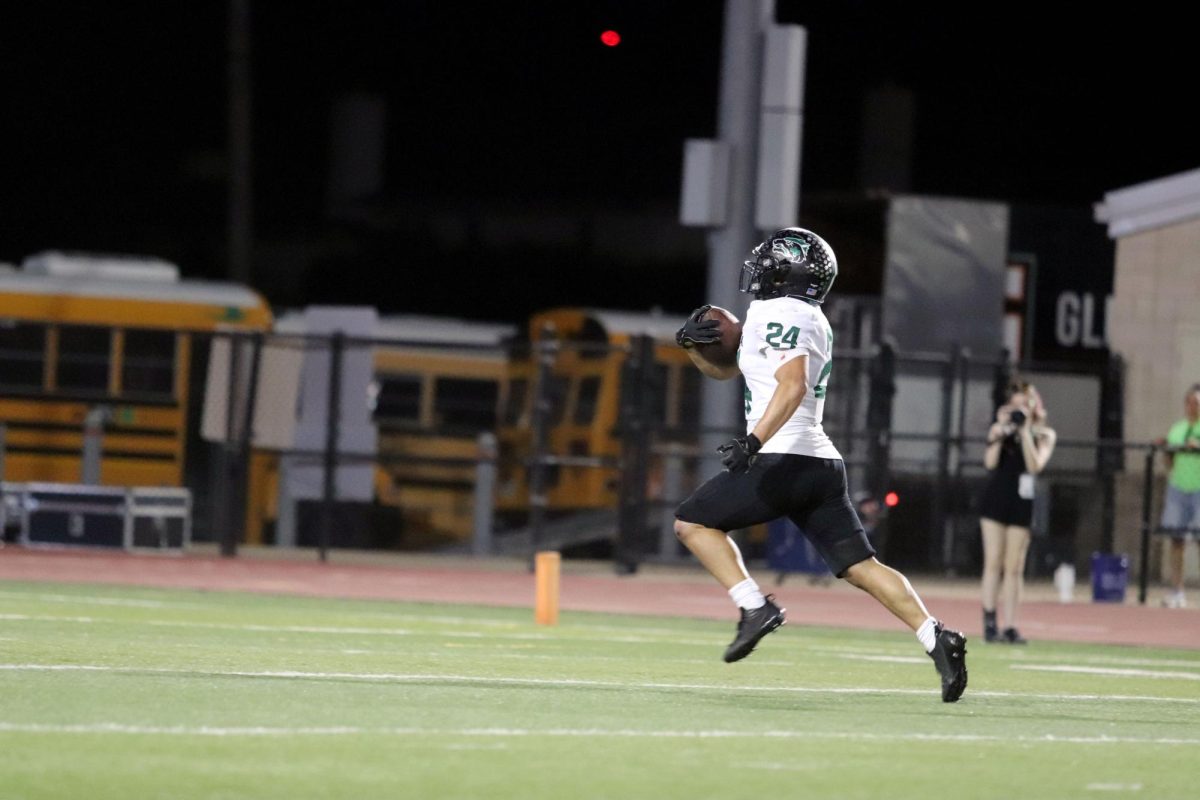

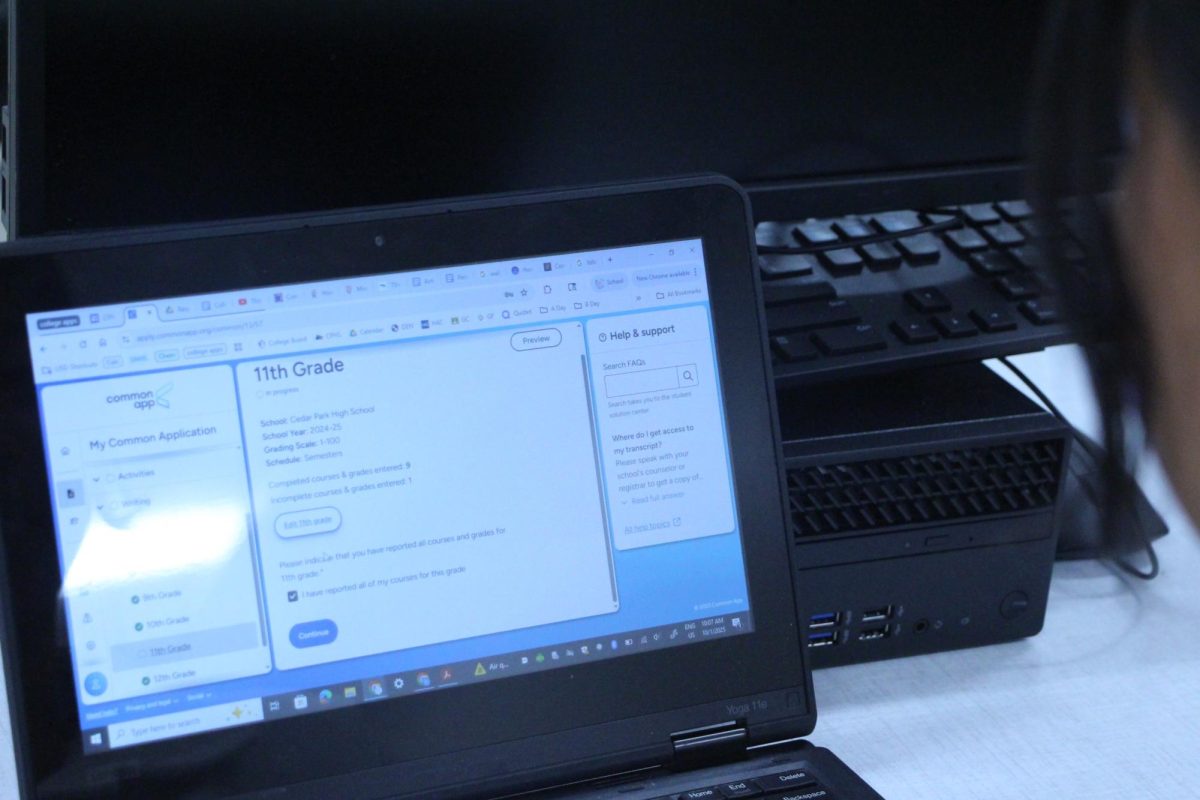
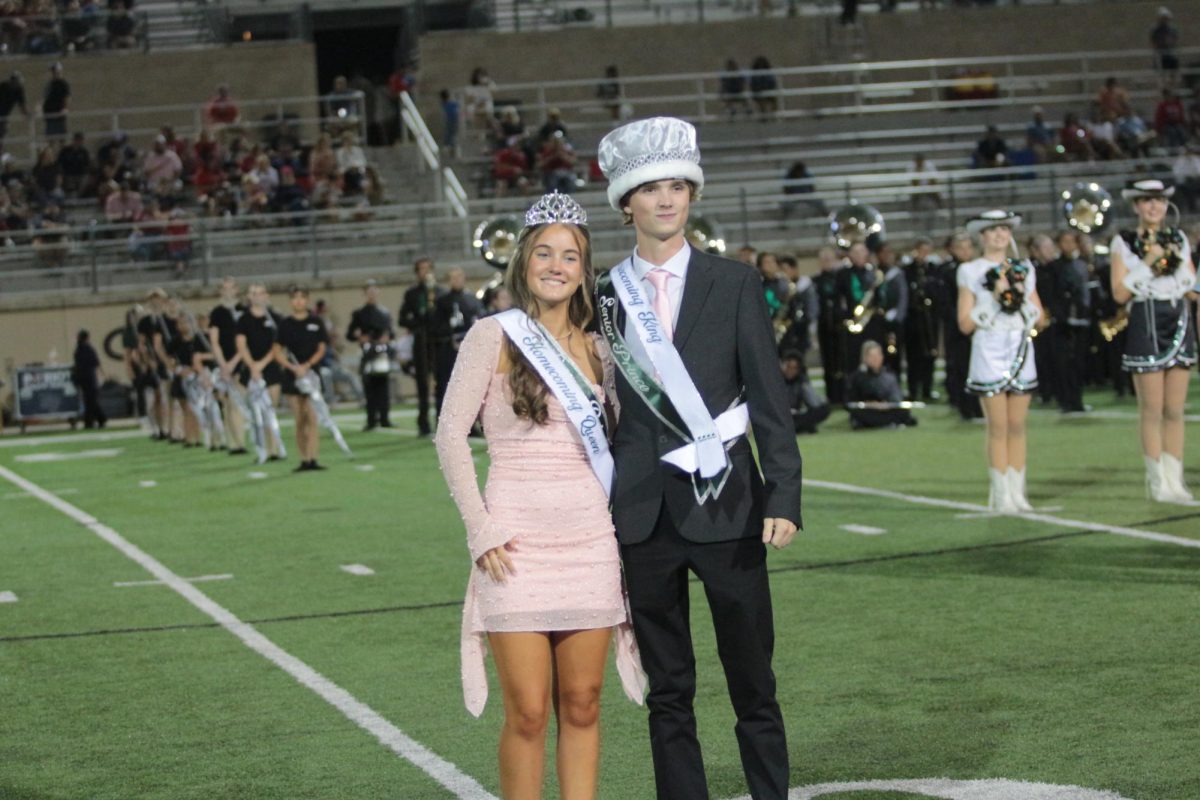

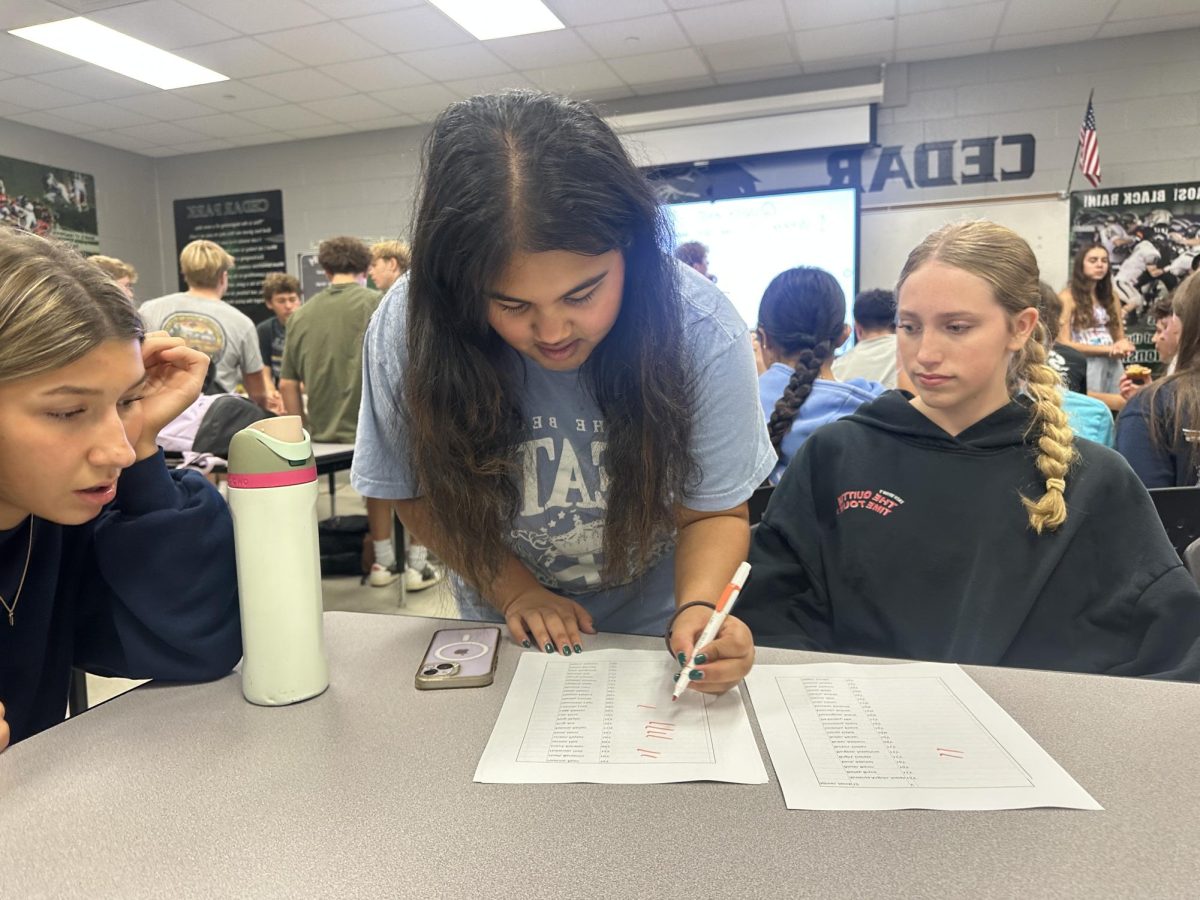



![Broadcast, yearbook and newspaper combined for 66 Interscholastic League Press Conference awards this year. Yearbook won 43, newspaper won 14 and broadcast took home nine. “I think [the ILPC awards] are a great way to give the kids some acknowledgement for all of their hard work,” newspaper and yearbook adviser Paige Hert said. “They typically spend the year covering everyone else’s big moments, so it’s really cool for them to be celebrated so many times and in so many different ways.”](https://cphswolfpack.com/wp-content/uploads/2025/05/edited-ILPC.jpg)



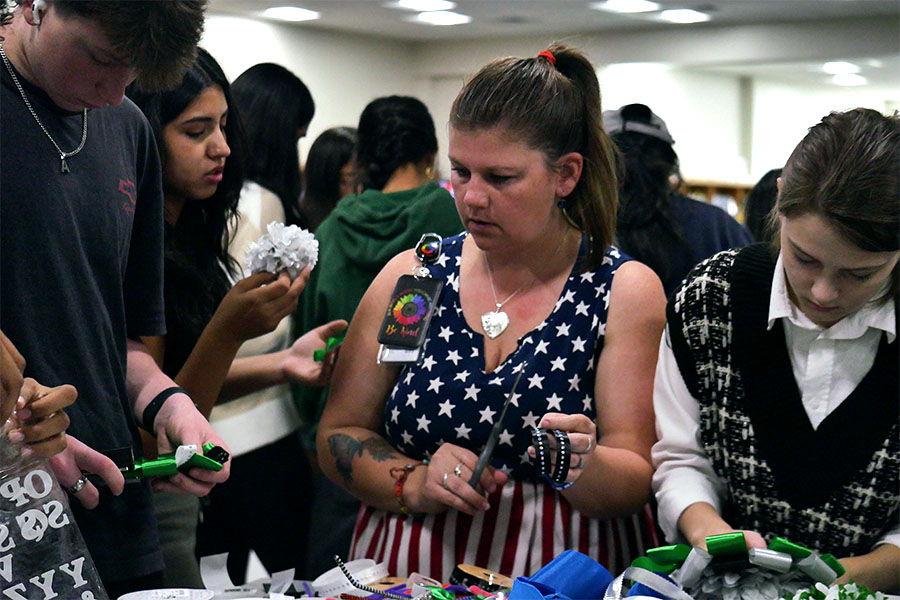

![Looking down at his racket, junior Hasun Nguyen hits the green tennis ball. Hasun has played tennis since he was 9 years old, and he is on the varsity team. "I feel like it’s not really appreciated in America as much, but [tennis] is a really competitive and mentally challenging sport,” Nguyen said. “I’m really level-headed and can keep my cool during a match, and that helps me play a bit better under pressure.” Photo by Kyra Cox](https://cphswolfpack.com/wp-content/uploads/2025/09/hasun.jpg)

![Bringing her arm over her head and taking a quick breath, junior Lauren Lucas swims the final laps of the 500 freestyle at the regionals swimming competition on date. Lucas broke the school’s 18-year-old record for the 500 freestyle at regionals and again at state with a time of 4:58.63. “I’d had my eye on that 500 record since my freshman year, so I was really excited to see if I could get it at regionals or districts,” Lucas said. “ State is always a really fun experience and medaling for the first time was really great. It was a very very tight race, [so] I was a bit surprised [that I medaled]. [There were] a lot of fast girls at the meet in general, [and] it was like a dogfight back and forth, back and forth.” Photo by Kaydence Wilkinson](https://cphswolfpack.com/wp-content/uploads/2025/03/Kaydence-2.7-23-edit-2.jpg)
![As her hair blows in the wind, senior Brianna Grandow runs the varsity girls 5K at the cross country district meet last Thursday. Grandow finished fourth in the event and led the varsity girls to regionals with a third place placement as a team. “I’m very excited [to go to regionals],” Grandow said. “I’m excited to race in Corpus Christi, and we get to go to the beach, so that’s really awesome.” Photo by Addison Bruce](https://cphswolfpack.com/wp-content/uploads/2025/10/brianna.jpg)











